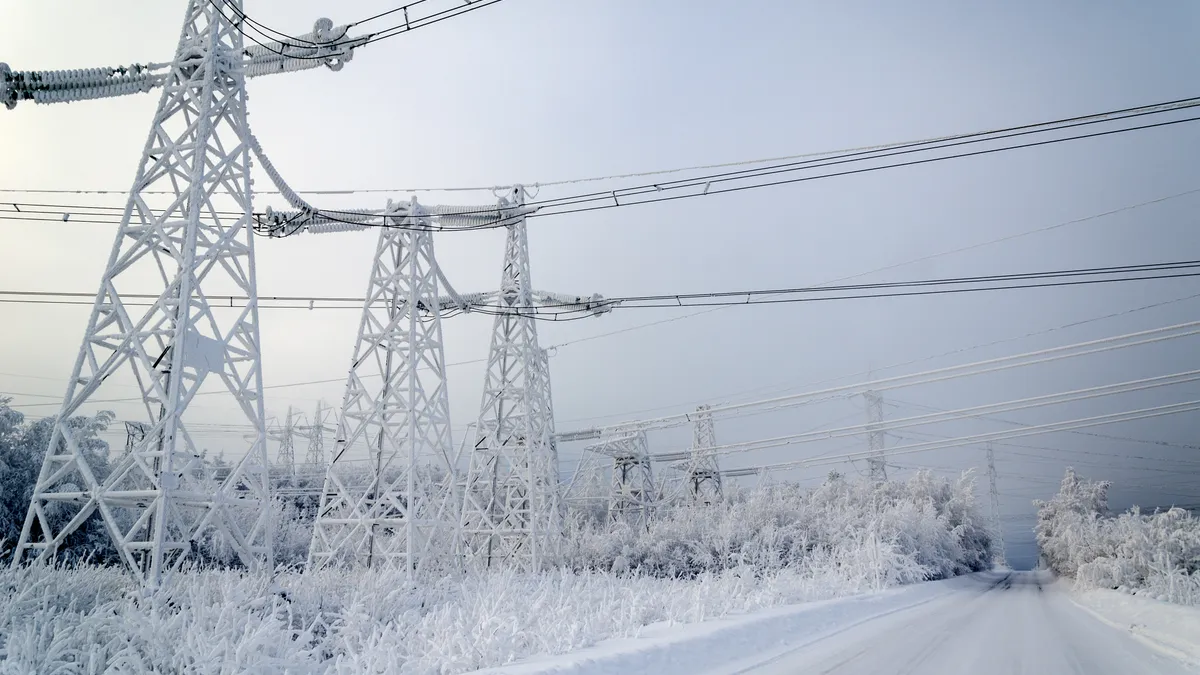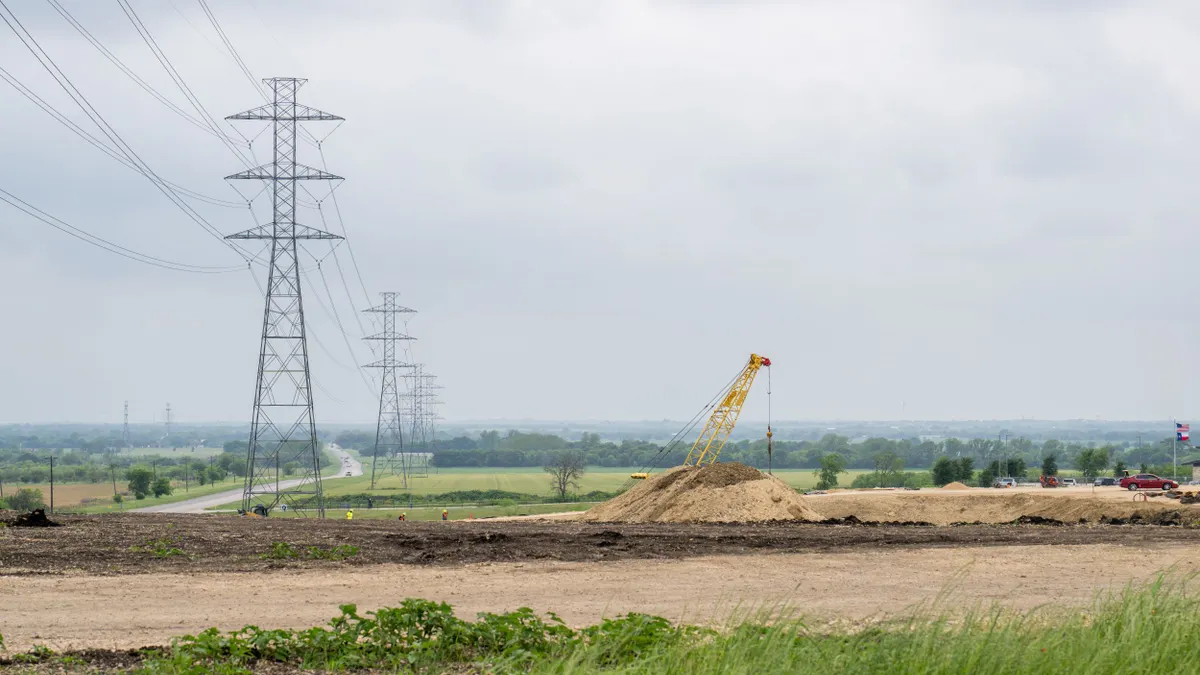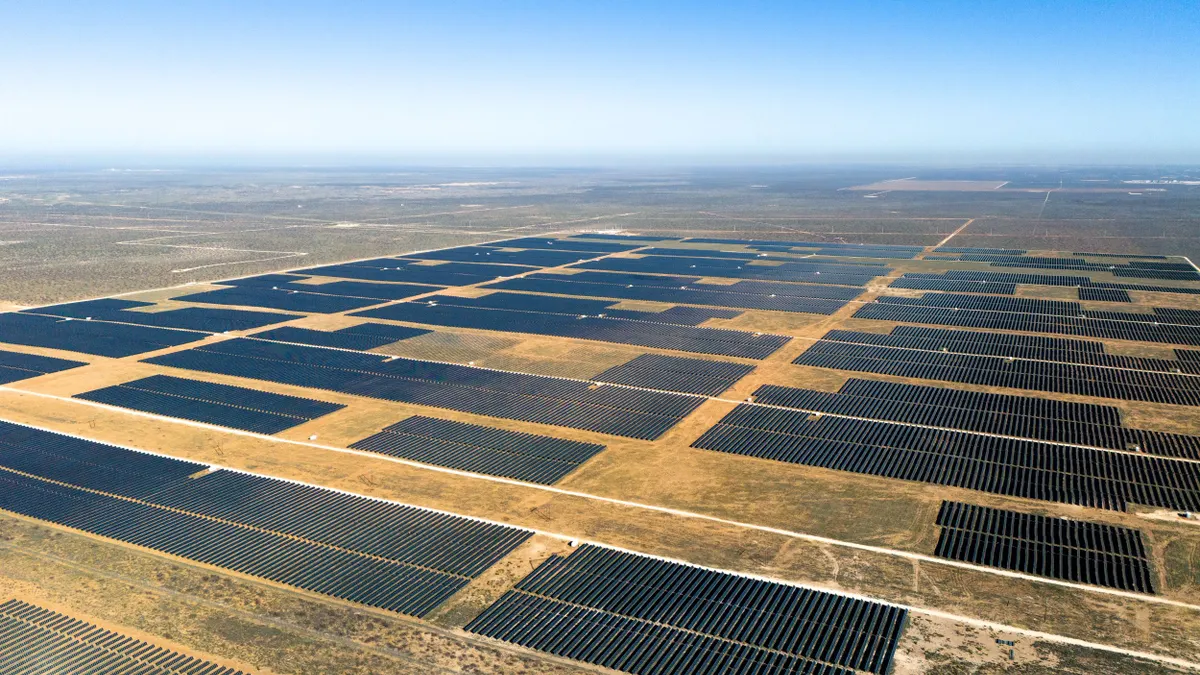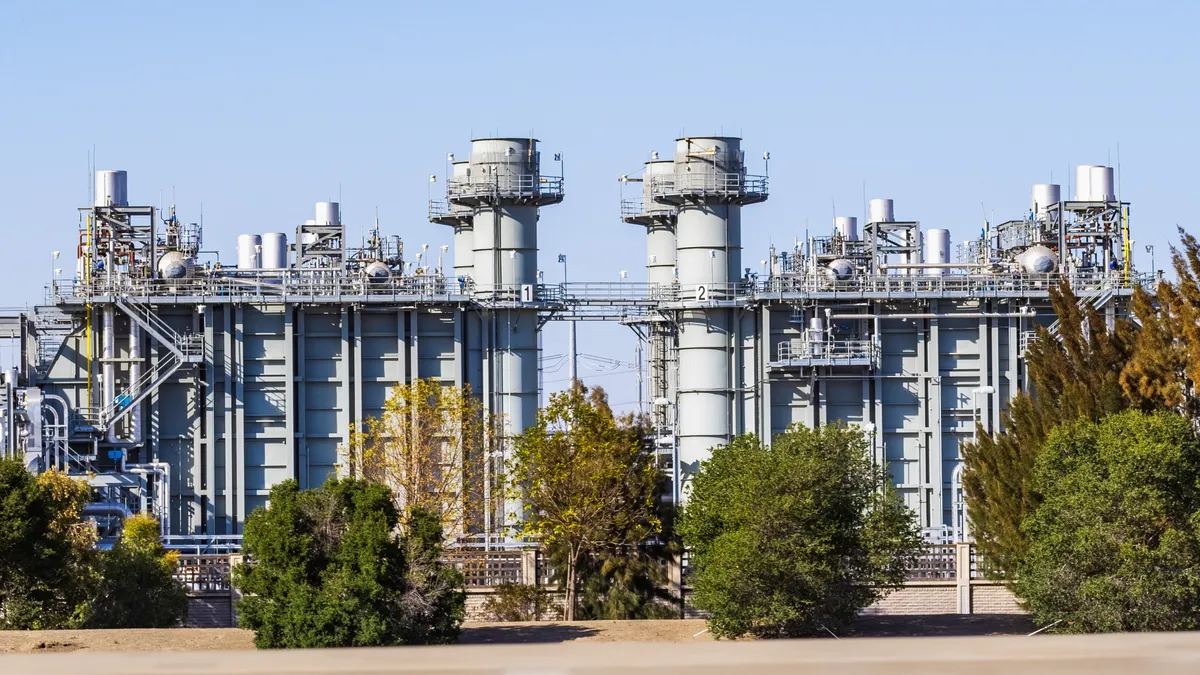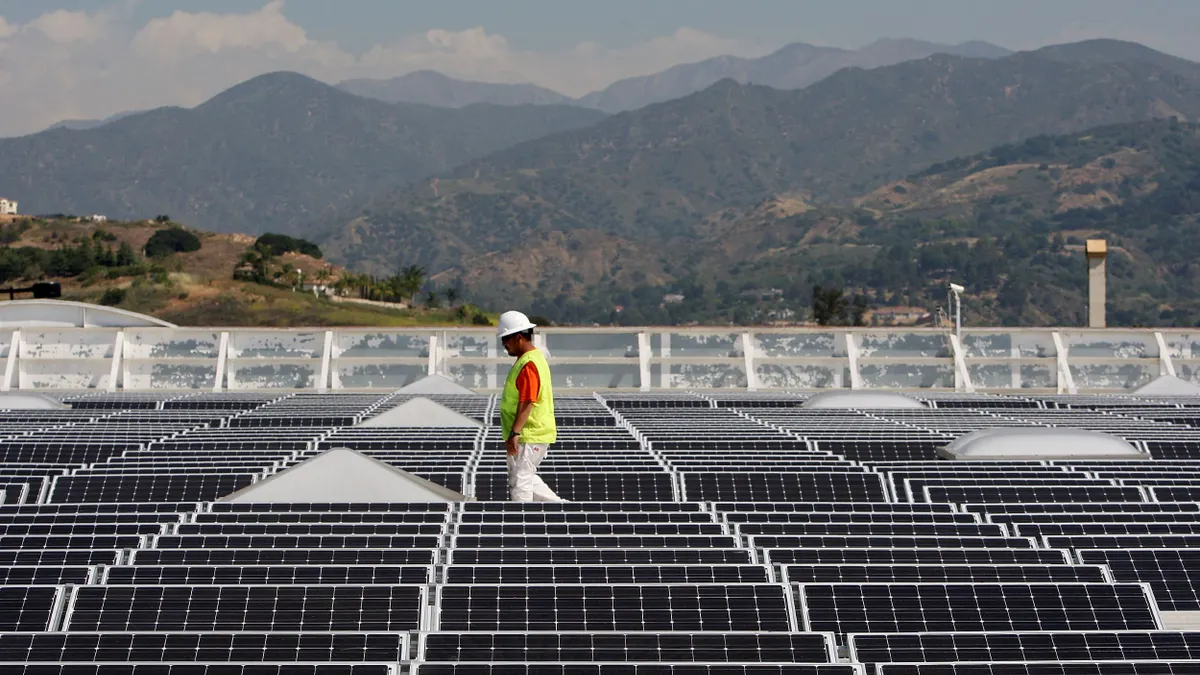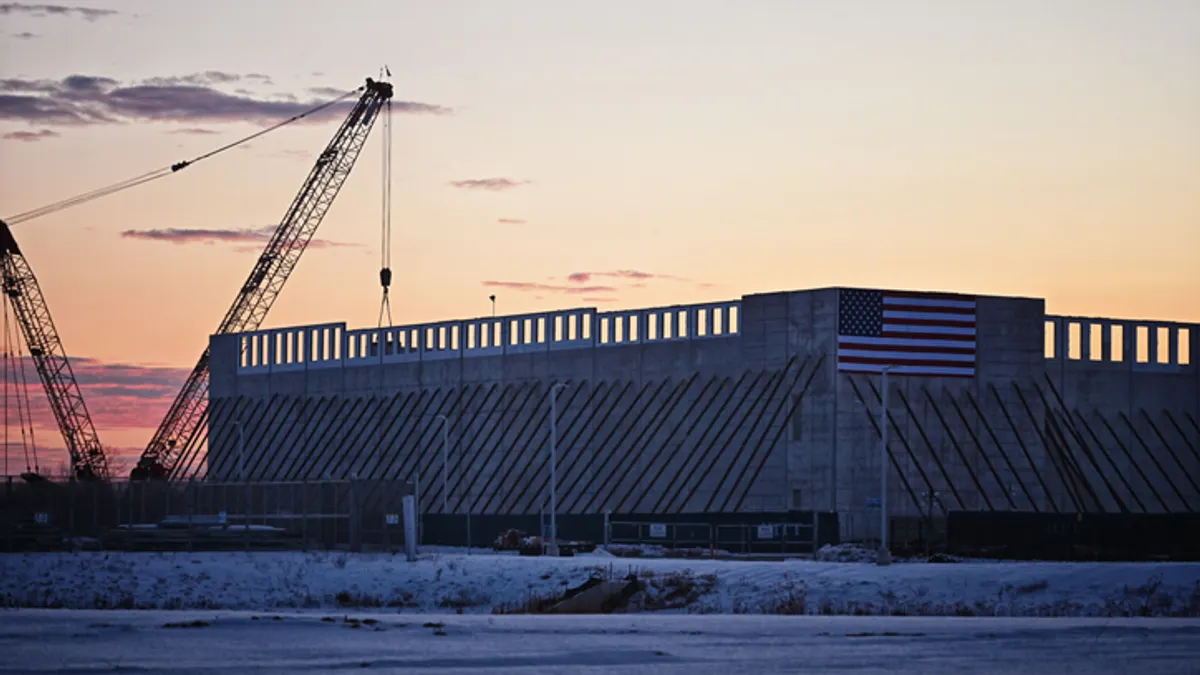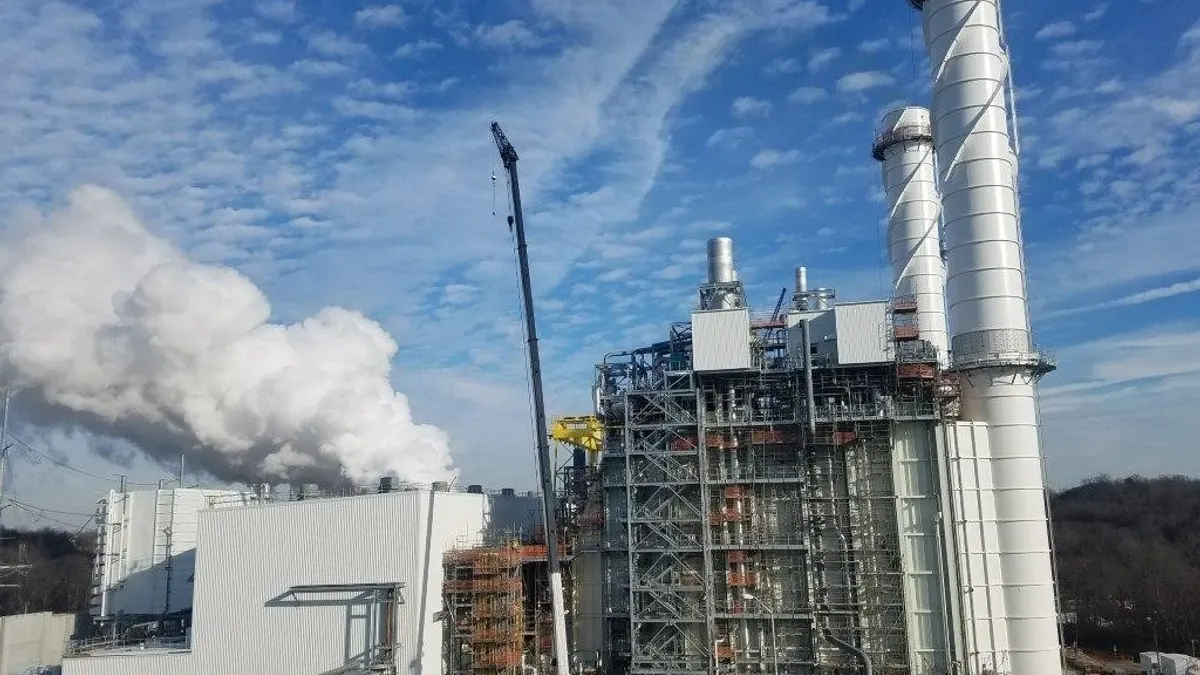Paul Arbaje is an energy analyst at the Union of Concerned Scientists.
The Federal Energy Regulatory Commission recently published its high-level findings of U.S. power grid performance during a series of January winter storms. Upon reading the report, I was struck not only by the sparse detail, but by the inclusion of misleading information that seems like a possible preview of the Trump administration’s attempt to tighten its grip on independent, science-based agencies.
Last year FERC published a different winter storm review that was worthy of criticism for its lack of transparency. Unfortunately, this new report, published jointly with the North American Electric Reliability Corp., is similarly glaring in its omissions. It fails to examine both resource-specific generator performance and key events that shaped how grid operators maintained and delivered sufficient power to communities. Instead, the report highlights gas-fired generation while obfuscating — even further than the 2024 review — the fossil fuel’s unique, profound vulnerabilities to extreme winter weather.
FERC shouldn’t be expected to publish major reports for every grid-threatening cold snap, as they did after the rolling blackouts during winter storms Uri and Elliott. There should be some proportionality of devoted time and resources to the severity of the event.
However, as the agency faces threats to both its capacity via staff reductions and its independence via executive action, this latest winter storm review is a concerning sign of what may come. Absent any course correction, the level of detailed analysis FERC will be able to conduct following these storm events will become scanter. And if President Trump succeeds in co-opting the agency, it could increasingly become a political tool used to further his pro-fossil fuel agenda, while priorities benefiting everyone, such as grid reliability, affordability, and public health and safety, are sacrificed.
Four storms in a month
So, what happened during these winter storms? January 2025 was extremely cold, with the United States enduring winter storms Blair, Cora, Demi and Enzo. New records for peak winter demand were set during these cold snaps with several grid operators in the Southeast, as well as the mid-Atlantic region.
Some stress on the energy system was seemingly alleviated by temperatures failing to dip below freezing for as many days in a row compared to Winter Storm Uri in 2021, and temperatures didn’t drop as quickly as with Winter Storm Elliott in 2022. Further, FERC’s report said that situational awareness and preparedness in the electric and gas industries have improved since grid failures during Uri and Elliott.
Better industry preparedness keeps households safe; we should all be glad that steps are being taken to prevent another tragedy like Winter Storm Uri. However, FERC’s report paints too rosy a picture that doesn’t line up with reality.
No mention of conservation appeal or grid emergency
On Jan. 21, the Tennessee Valley Authority asked customers to reduce their energy usage the next day. The power provider wanted to avoid another Elliott scenario, where it had to implement 8-hours-long rolling blackouts largely due to coal and gas plants getting knocked offline.
In response to TVA’s 2025 conservation request, Hamilton County, Tennessee, closed 80 schools to alleviate grid stress. This was an unusual, disruptive and undesirable outcome that deserved at least a mention in FERC’s report, particularly given recent analyses showing TVA could be doing significantly more to improve energy efficiency and demand response, yet it was entirely excluded.
The same day TVA issued its conservation request, grid operator PJM Interconnection declared a first-level grid emergency, meaning they expected to commit all available resources and were concerned about maintaining their required “buffer” of extra generating capacity amid system stress.
This, likewise, should’ve been included in FERC’s report because it signals possibly insufficient extra resources and possible cancellations of electricity exports to neighbors in need — such as TVA — yet was left out.
No resource-specific data on generator failures
The main driver of rolling blackouts during extreme cold snaps is generator failures. While FERC’s review includes data on generator failures, which peaked at about 71 GW across the study area, there’s essentially no discussion or data regarding which types of resources failed — a crucial question in need of answers.
FERC’s latest report instead highlighted the contribution of various resource types to total generation during the 2025 storms’ peak hour of electricity generation and compared that to previous storms and a typical winter hour (see table 3 in the new FERC report).
This marks a notable departure from FERC’s past reports because the data are completely disconnected from how grid operators ensure they have adequate resources. It also emphasizes the level of gas-fired generation without acknowledging what FERC and NERC know full well — gas plant failures have been the primary contributor to grid unreliability during winter storms for well over the last decade due to a long list of unresolved vulnerabilities.
While these data seem to intentionally obscure such facts — even further than the 2024 review — for me it drove home how over-reliant the U.S. still is on gas plants despite their many risks.
FERC’s reduced capacity and independence could harm us all
Around the same time this new report was issued, FERC’s chairman said the agency will lose about 9% of its workforce as the Trump administration dismantles the federal government. As the agency’s capacity is reduced, so too will be its ability to conduct in-depth investigations into durable solutions for grid reliability and affordability problems. This is true for problems that have persisted for years, such as grid-threatening winter storms, as well as newer problems like the challenges posed by large data centers.
FERC’s independence is further jeopardized by a February executive order that attempts to bring independent agencies, such as FERC, under White House control, including requiring White House review of draft regulations before publication. While it’s not yet known how this will shake out, the administration has made it clear it has no problem attacking the scientific findings of its agencies — such as recent work from the Energy Information Administration — if they don’t align with President Trump’s pro-fossil-fuel agenda.
This latest winter storm report is an unfortunate preview of what could come. As FERC navigates these new threats, its ability to carry out policies and studies that improve grid reliability, affordability, and public health and safety could be significantly hampered. Sidelining these priorities to make way for the administration’s anti-science agenda will delay much needed investments in public infrastructure, for the financial gain of a handful of fossil fuel and power company executives.


